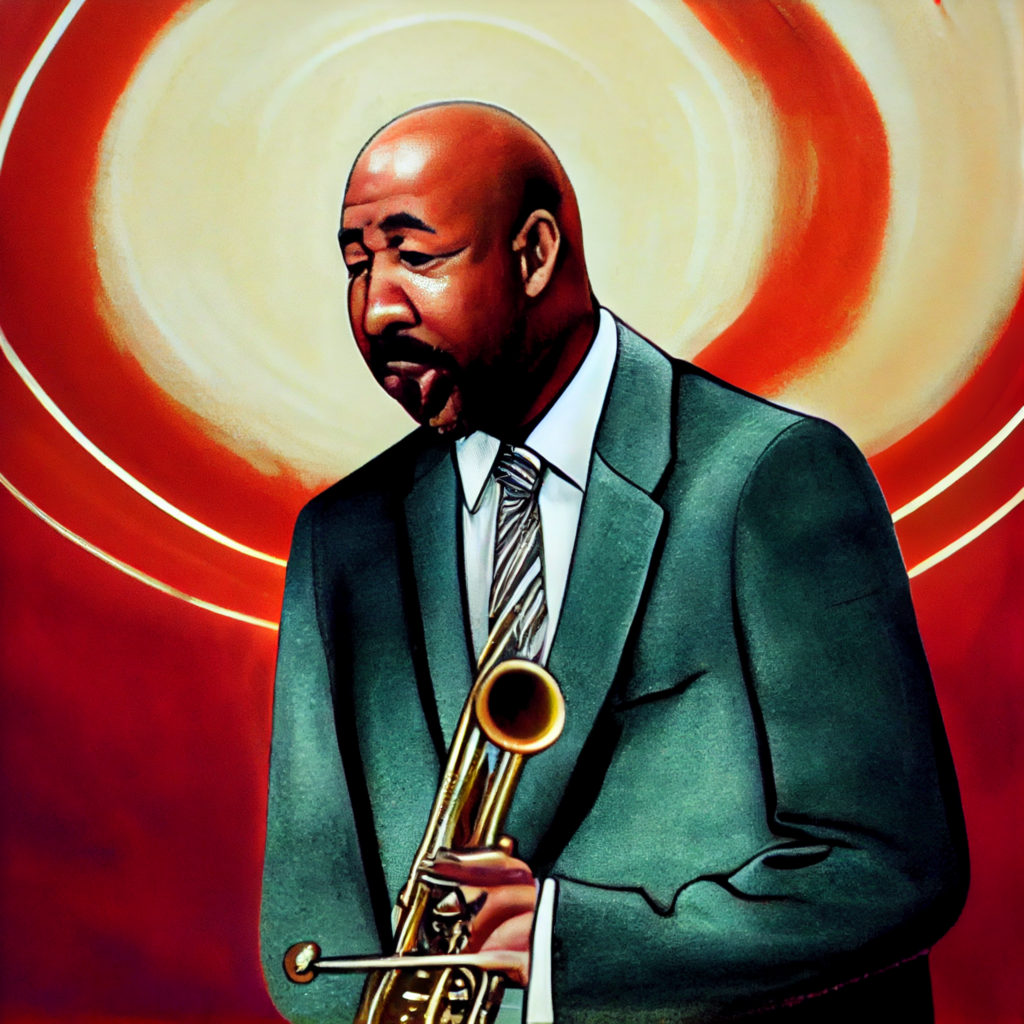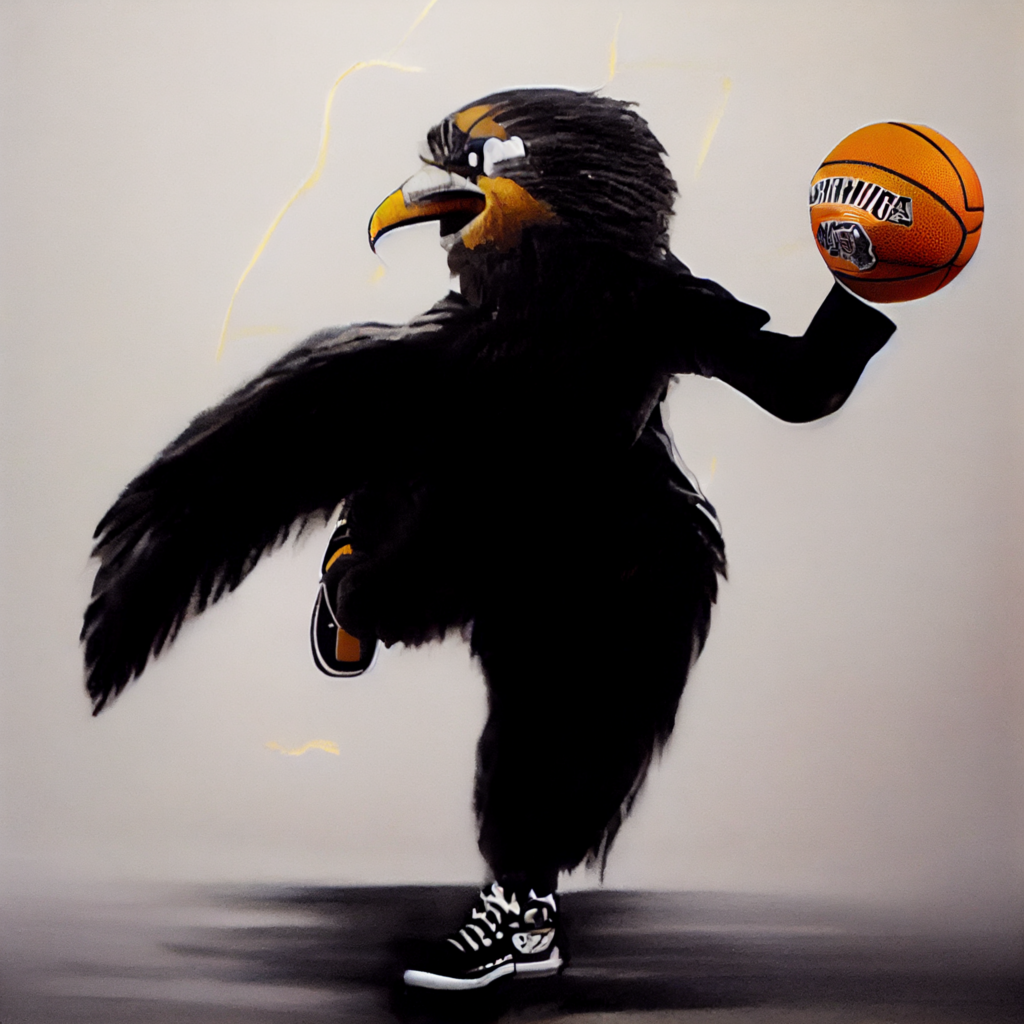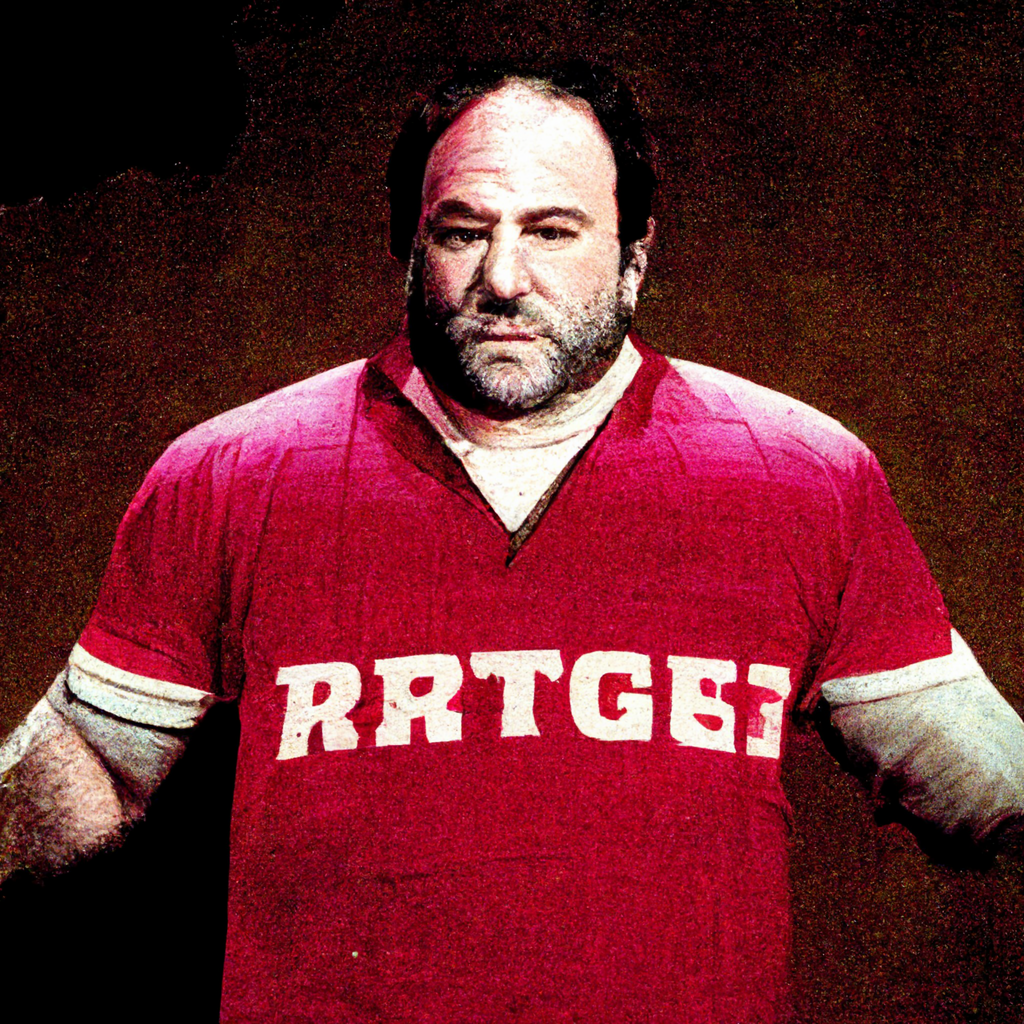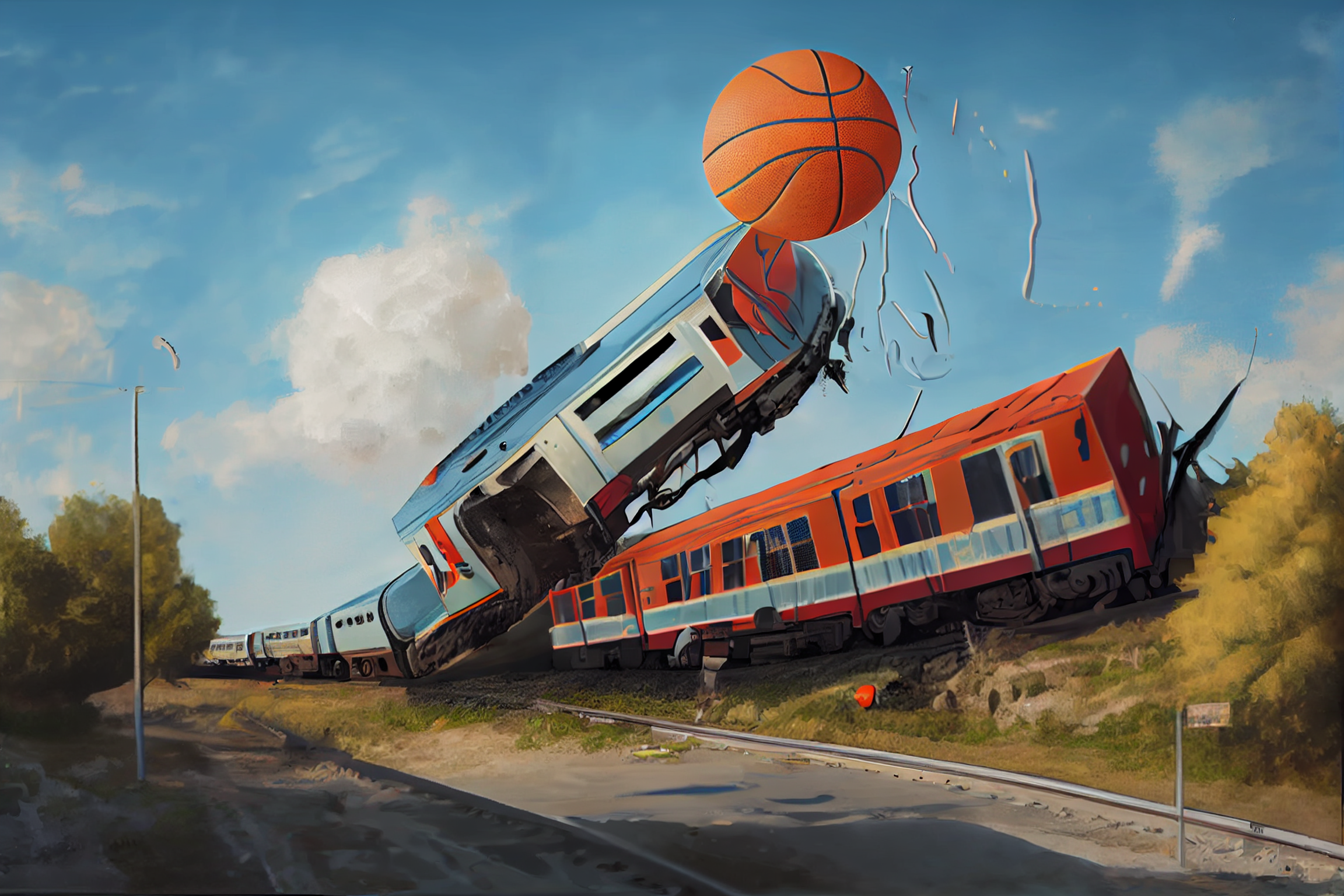Weasel Weekly is Meet at Midfield’s weekly look at Big Ten men’s basketball presented by guest contributors Drew Hamm and Stefan Zonia.
You can find Drew on Twitter at his personal account, @drewhamm5, where he talks Philly sports, Wisconsin sports, and other nonsense. You can also subscribe to his Wisconsin basketball/football/volleyball newsletter @BadgersBallKnow where it’s all UW, all the time.
Stefan can be found on Twitter @iamstefanzonia where he discusses Michigan sports (college and pro), sports betting and entertains any and all internet absurdities.
The college basketball season is upon us! I’m here to set the stage for the Big Ten for those who may not follow closely (or may only follow a single team) until, say, January.
These are my projections for how the conference will shake out. I don’t mean this as a power ranking – several teams are facing a lot of turnover, and I suspect they’ll be quite a bit better by the end of the year.
It’s a problem across the league. The Big Ten lost a huge amount of talent and will almost certainly take a step back from where it has recently been. The conference had nine players drafted to the NBA, including a trio of lottery picks (Keegan Murray, Jaden Ivey, Johnny Davis). Twelve of the top 15 scorers have gone pro, graduated or transferred. Six programs have at least half of their roster made up of new additions (Illinois, Michigan, Minnesota, Nebraska, Ohio State, Penn State).
Only three conference teams are ranked in the preseason top 25 (led by No. 13 Indiana). At this juncture, it would be disingenuous to tab any team as a threat to make the Final Four. I’d be surprised if anyone manages more than a 3-seed come tournament time.
Now, this does feel like a year with a dozen players nobody is talking about asserting themselves as the best in the league. Let’s take a look at the preseason tier rankings and the roster transitions for each program (rankings are my own and if you have an issue with them please tweet complaints to @drewhamm5).
Tier 1 – B1G Title Contenders

1. Purdue
Last year – 29-8 (14-6; 3rd in B1G)/3-seed (Sweet 16)
We’re starting on a bit of a wild note, but this league will do that to you. Purdue lost lottery talent Jaden Ivey along with long-time program standouts Trevion Williams, Eric Hunter Jr. and Sasha Stefanovic. It does, however, return impossibly tall Canadian Zach Edey along with promising forwards Mason Gillis and Caleb Furst.
The Boilermakers also add standout David Jenkins Jr., a sharpshooting transfer from Utah. Freshmen Fletcher Loyer (Foster Loyer, but tall) and a player who had garnered some hype last year before and injury, Trey Kaufman, also look to figure into the rotation.
There is a major roster challenge here – there is not an obvious engine to facilitate this offense, and it’s not totally clear where the shot creation will come from. Of the five players obvious rotation players who played last season, none picked up an assist rate above 16.2 percent: Edey – 16.2%, Morton – 14.5%, Jenkins Jr. – 8.1%, Gillis – 7.6%, Furst – 4.4%. Yikes.
However, there are plenty of finishers here: all those players but Edey finished at 40-plus percent from deep last season, and Edey unsurprisingly made 65 percent of his twos. The offense can, in large part, dump the ball into the 7-4 big man and let him dunk without jumping. How many minutes can Edey play and still be effective?
In a league with no clear-cut dominant team, I’m banking on the league’s best coach finding a way to come out on top.
2. Michigan
Last year: 19-15 (11-9; 8th in B1G)/ 11-seed (Sweet 16)
Last season was deeply frustrating for Michigan and exposed the dangers of flawed roster construction. Michigan didn’t have enough shooting to provide the optimal spacing for Hunter Dickinson (who was fantastic nevertheless). The two-big (Dickinson/Moussa Diabate) lineup always felt forced.
Now, Diabate and Caleb Houstan are in the NBA and Eli Brooks, DeVante Jones, Brandon Johns Jr. and Frankie Collins are off the roster. In their stead are Princeton transfer (and former top-100 recruit) PG Jaelin Llewellyn; Duke transfer sharp-shooter wing Joey Baker; super freshman Jett Howard and a Lilliputian ballhawk freshman PG in Dug McDaniel (who has been getting relentless offseason hype).
They’re joined by a pair of likely depth piece, four-star freshmen in Tarris Reed and Gregg Glenn, and international man of mystery Youssef (Yoyo!) Khayet. That crew joins the aforementioned All-American caliber Dickinson, Terrance Williams, Kobe Bufkin, Isaiah Barnes and Will Tschetter. It’s not quite the level of roster turnover as Illinois, Ohio State or Minnesota, but it’s still quite substantial.
And it makes the return of Dickinson all the more valuable. He’s a dominant post player who can stretch the floor and overwhelm teams on the interior and is likely the best player in the conference (despite having no NBA fit). In a weakened Big Ten, his presence alone is enough to project Michigan toward the top of the standings.
On paper, Michigan appears to have put together a much more cogent roster around him in terms of positional fits and spacing. Llewellyn (38 percent from 3) and Baker (40 percent) represent improvements in this department. It will be counting on a step forward from Bufkin – who, frankly, struggled as a freshman – and an immediate impact from Howard.
Michigan’s weaknesses a year ago were spacing the floor, shooting threes, backcourt athleticism/length and on-ball defense. It appears to have taken great strides to address all of these categories. If that comes to fruition, this team could be very good.

3. Indiana
Last year – 21-14 (9-11; 8th in B1G)/12-seed (Round of 64)
IU has become the default selection to win the Big Ten for many, but that’s less about what it’s adding, and more about what it brings back. Trayce Jackson-Davis is returning to Bloomington, a coup for the Hoosiers. Race Thompson, Xavier Johnson, Trey Galloway, Miller Kopp and Jordan Geronimo are all back as well.
Additionally, IU is adding a nice recruiting class headlined by five-star combo guard Jalen Hood-Schifino and talented four-star forward Malik Reneau. Early returns on coach Mike Woodson have been very positive as well.
That all should add up to a conference championship-type season, right? Well… not so fast. This roster appears to be one that should expect significant shooting woes. IU shot 33.3 percent from three last year, 199th nationally. Its The highest-volume shooter, Parker Stewart, has moved on. Kopp’s 39 made threes represent the largest total by any returning player. Hood-Schifino, for all his skill, is also not projected as a plus shooter.
Looking at the roster build, there is no obvious reason to believe the spacing issues will be better – in fact, they may be worse. TJD and Race playing together has often led to disjointed offense for the Hoosiers. Sometimes, bringing back every piece from a team with a significant flaw isn’t the best thing.
This team looks should have enough experience and defense to maintain a high floor, and I would be surprised if they finished lower than third or fourth, but the ceiling of a team returning the core of a team with a 9-11 league record appears to be limited.
I get why people are picking them. They are perhaps the most known quantity in the league. Ultimately, I would not be willing to bet they win the conference just because they have the highest floor.
4. Illinois
Last year – 23-10 (15-5; 1st in B1G)/4-seed (Round of 32)
This Illinois team takes a level of projection rarely seen in college basketball.
Six of last season’s top seven scorers are gone (Cockburn, Plummer, Frazier, Grandison, Curbelo, and Williams). The only player who received north of 20 percent of the minutes-share who returns is Coleman Hawkins (103.6 ORtg). Outside of Hawkins, only Luke Goode and RJ Melendez are players from last year who figure to factor in at all.
And yet, the Illini have a chance to repeat as the top team in the league, because no program in the conference better leveraged the transfer portal. The Illini added two significant impact players in Matthew Mayer (Baylor), and Terrence Shannon Jr. (Texas Tech). Add to that impact freshmen Skyy Clark and Ty Rodgers and you have a very talented seven-man rotation.
However, there are still major questions to be answered. Size is going to be an issue. Hawkins is a slender 6-10 and there really is not one other legitimate post on the roster (Rodgers will likely need to fill this role as a 6-6 true freshman).
How quickly will this roster be able to gel, having never played together before?
How good is Skyy Clark? Asking a true freshman to be the unchallenged point guard (read: there isn’t another PG on the roster) for a team with the type of aspirations Illinois carries is a major undertaking. He’ll be working without a net.
The talent level on this roster is as high as anyone’s. It also feels like the range of possible outcomes is significant. This could be a team that cruises to a title or a team whose wheels come off in January leading to a nightmare season.
Tier 2 – Safely Dancing

5. Iowa
Last year – 26-10 (12-8; 5th in B1G)/5-seed (round of 64…oof)
Iowa was peak Iowa last year. A dynamic offense that played at a breakneck pace and could run people right off the floor. A team that immediately folded, like a house of cards, in the NCAA tournament – ousted by 12-seed Richmond in the opening round.
That was despite lottery pick Keegan Murray and his preposterous 131.2 ORtg (he probably should have won the Naismith). Jordan Bohannon finally exhausted his eligibility and has moved on. The less talented McCaffrey (Connor) is also gone, along with elite shot-chucker Joe Toussaint.
The good news is that Iowa still has a Murray and a McCaffrey and they are both really good. Kris Murray is a legitimate first-team all-conference candidate and has a lot of Keegan in his game. That he only played 43.3 percent of available minutes last year is coaching malpractice. Patrick McCaffrey is a very talented scorer and should easily be the second scoring option behind Murray.
Iowa also returns a classic Iowa prototype sharpshooter in Payton Sandfort, who has some serious scoring upside in the Hawkeyes system. Some are also touting PG Tony Perkins as a potential breakout player. The Hawkeyes didn’t bring in any transfers and their recruiting class consists of two three-stars who likely don’t figure into the rotation until year two.
One big question: How much of the Hawkeyes surprising step forward on defense (5th in the conference in DEff last season) was credited to Keegan? Sandfort’s on/off stats were nightmarish in that department. Kris is shouldering an unfair burden of expectation. He isn’t Keegan, but he is very good. We know Iowa will score plenty, but I need to see them sustain a defensive effort beyond a one-off.
6. Michigan State
Last year – 23-13 (11-9; 7th in B1G)/7-seed (Round of 32)
This year in East Lansing will be fascinating. MSU loses Max Christie, Gabe Brown and Marcus Bingham Jr. from last year’s team and replaces them with…Jaxon Kohler and Carson Cooper? The only other freshman of note is Tre Hollomon, who is likely to play sparingly behind a deep Spartan backcourt. The frontcourt is a different story.
The Spartans have already indicated that they will start the season with Mady Sissoko in the starting lineup, which is not encouraging at all, unless there is a very unexpected jump in ability from him on the horizon. It seems like stretch 5 Joey Hauser is necessary, which, given the elite host of centers in the conference, will probably hamstring them against the better teams in the league.
The other interesting roster bit is that two of the top three returning players (Hoggard and Walker) are both point guards. Walker is an elite shooter (47 percent) but was reluctant to shoot much of the year. Hoggard is a much worse shooter but is an assertive player. I don’t see how these two can coexist, and the team has to play differently when the ball is in their hands.
This roster is very bizarrely constructed and will be a riveting watch to see how it comes together (or doesn’t). This feels like a team who will struggle with the teams that can control the interior, but could feast on the rest of the league en route to a solid finish and tournament seed.
Tier 3 – Bubbly
7. Maryland
Last year – 15-17 (7-13; 10th in B1G)/no postseason
Last season, Maryland attempted to rely on the portal to build out the team. The Terps had a lot of preseason excitement after landing Fatts Russell and Qudus Wahab. Unfortunately, that excitement was short-lived, and Mediocre Mark Turgeon was out the door before the new year.
Wahab has returned to Georgetown and Fatts is gone, too. Maryland also graduated long-time standout Eric Ayala. What it returns is a trio of similarly shaped players (6-8 Donta Scott, 6-8 Hakin Hart, and 6-9 Julian Reese) along with the latest haul from the portal: Charlotte standout PG Jahmir Young and Georgetown G Donald Carey.
Both appear to be good fits for the roster. Unfortunately, for Maryland, it finds itself once again with some strange roster construction. The Terps do not have any true center to replace Wahab. Instead, they’ll likely use Scott as an undersized five. He’s a very good player, but in a league with some really elite centers, this is going to be a losing strategy against the upper tier.

8. Rutgers
Last year – 18-14 (12-8; 4th in B1G!)/11-seed (lost play-in round)
That’s right, reader: Rutgers is coming off of a double bye in last year’s Big Ten Tournament. Sure, it lost its opening game to Iowa. Sure, it was stuck with an 11-seed and a play-in game. Sure, it lost that play-in game to Notre Dame. Nobody will ever be able to take away the joy of watching that team beat Iowa 48-46 during the regular season in one of the ugliest games in the history of the sport. It was just 100% pure Rutgers and it was glorious.
Ron Harper Jr. and Geo Baker are gone. Rutgers does return Cliff Omoruyi, who is an absolute beast and a legitimate first-team all-conference candidate. He’s joined by returning rotation stalwarts Paul Mulcahy, Caleb McConnell and former LSU standout Aundre Hyatt.
There’s not a lot beyond these five, and the Scarlet Knights didn’t help themselves in the portal or recruiting. Without Harper and Baker, this team is going to really take a step back in the shooting department, which is a pretty morbid statement when you consider they were already 168th in three-point percentage last season.
BUT, this team will be an absolutely awesome defensive squad. I hope you’re ready for another season of rock fights at Jersey Mike’s Arena.
Tier 4 – Hating From Outside Of The Club
9. Ohio State
Last year – 20-12 (12-8; 6th in B1G)/7-seed (round of 32)
Ohio State is another roster turned over almost completely from last season. Gone from 2021-22 are: E.J. Liddell, Malaki Branham, Kyle Young, Jamari Wheeler, Justin Ahrens, Joey Brunk, Meechie Johnson, Jimmy Sotos, Cedric Russell, Harrison Hookfin and Seth Towns. That’s 11 players! In fact, the only returning players to appear in more than two games for the Buckeyes last year are big man Zed Key and bit player Eugene Brown III.
OSU will be banking on a bounce back from a season lost to injury for Justice Sueing. It also brings in a five-man recruiting class (includes four players in the top 65) and three transfers, Tanner Holden (Wright State), Sean McNeil (WVU) and Isaac Likekele (Oklahoma State) all look to figure prominently into the rotation.
McNeil has a track record as an elite shooter/scorer in a Power Five conference and is a good bet to lead the team in scoring. The problem is, with so many moving parts, new faces, and a total lack of continuity, how do you project this team? It’s hard to imagine it approximating the quality the program has maintained in recent years.
Maybe Chris Holtmann can pull it off, but the variance in potential outcomes is truly substantial and nothing about Holtmann’s tenure in Columbus gives me confidence he’s the man to pull this off. Barttorvik pegs OSU 62nd in the preseason, presumably due to the sheer volume of unknowns. Maybe it’ll prove me wrong, but I just don’t see it this year.
10. Wisconsin
Last year – 25-8 (15-5; 2nd in B1G)/3-seed (round of 32)
Through March 5, Wisconsin was having an incredible season. And then it lost at home to Nebraska, dropped the No. 1 seed for it, and lost its opening conference tournament game to MSU. The Badgers followed that with an underwhelming second-round exit at the hands of an 11-seed.
Now, UW loses lottery pick Johnny Davis, war criminal Brad Davison and Chris Vogt, who may or may not be a war criminal. It also lost promising sophomore Ben Carlson to the portal. That leaves the trio of Tyler Wahl, Chucky Hepburn and Steven Crowl as the returning nucleus.
They’ll be joined by transfers Max Klesmit (Wofford), Kamari McGee (UWGB), and lone incoming freshman Connor Essegian (three-star; 226th nationally). There is also returnee Jordan Davis, who played sparingly last year, but he’s a player whom many around the program have optimism about.
While the primary returning trio certainly figure to take a step forward (and both Wahl and Hepburn are excellent players), there is no sugar-coating that there is a significant talent drop from last season to this year. Wisconsin looks like it’ll take a big step backward.

11. Penn State
Last year – 14-17 (7-13; 11th in B1G)/no postseason
Micah Shrewsbury did an admirable job in his first year at the helm in Happy Valley. Squeezing seven conference wins out of that roster was not a small feat, and it included wins over eventual tournament teams Indiana, Rutgers, Iowa, MSU and a conference tournament win over Ohio State.
Penn State must now replace John Harrar and Sam Sessoms (who inexplicably transferred to Coppin State). It does return a solid trio of Jalen Pickett, Seth Lundy and Myles Dread, though, and added eight new players to the roster (five incoming freshmen and three transfers.
Of the transfers, Drexel SG Camren Wynter appears to be the most obviously ready to contribute to the core rotation immediately. Andrew Funk from Bucknell, also figures to be a key player off the bench. Center Kebba Njie (four-star/113th nationally) is the true freshman to know here.
Penn State is likely to once again miss the postseason, but it is also likely to once again be a team nobody wants to play. The Nittany Lions will be undersized but scrappy.
Tier 5 – Getting Some Exercise
12. Minnesota
Last year – 13-17 (4-16; 14th in B1G)/no postseason
The Gophers built a roster out of nothing last year, adding a truly insane SEVEN transfers, and it showed. Jamison Battle, Payton Willis, and Eylijah Stephens did the best that they could, but the team failed to ever gain any sort of traction. And now, they do it all again.
Battle returns, but every other player who played last year is gone. The remainder of the roster is made up of transfers from last year who sat out or new transfers this offseason. The most notable of the group is Dawson Garcia, a UNC transfer who appeared in about half of the Tarheels games last year.
He’ll headline a ragtag crew including Ta’lon Cooper (Morehead State), Parker Fox (Northern State), Taurus Samuels (Dartmouth), and Isaiah Ihnen, who missed last season with injury. Will the second time be the charm for head coach Ben Johnson? Probably not!

13. Nebraska
Last year – 10-22 (4-16; 12th in B1G)/ no postseason
The above representation of the Huskers’ record is burying the lede. Nebraska started the conference slate 1-16 with one win, at home, over last-place Minnesota. THEN IT WON THREE STRAIGHT ROAD GAMES TO CLOSE OUT THE SEASON.
The Cornhuskers beat Penn State, Ohio State, and Wisconsin on the road in the span of eight days. The final win prevented Wisconsin from winning an outright conference title and dropped the Badgers to the 2-seed in the Big Ten Tournament. It was one of the most improbable things I’ve ever seen in sports.
They now have to replace Bryce McGowens, who was the 40th pick in the NBA draft following his one season in Lincoln. Key contributors Alonzo Verge Jr. and Lat Mayen are also gone from the team. Fred Hoiberg has again hit the portal and added the nation’s top JUCO player, Center Blaise Keita, as well as Emmanuel Bandoumel from SMU, Sam Griesel from NDSU and Juwan Gary from Alabama.
Derrick Walker and CJ Wilcher are the lone notable returnees. Every year, it seems the Huskers are starting with a brand-new roster. That’s not a good thing.
14. Northwestern
Last year – 15-16 (7-13; 13th in B1G)/no postseason
Chris Collins is still employed as Northwestern’s Men’s Basketball coach. There really isn’t any defensible position for this. He’s been bad. The program is bad. The roster is a mess. Recruiting is stuck in reverse. This is a team with only seven conference wins last year despite Pete Nance (who is now starting for #1 UNC) and Ryan Young (who is now in the rotation at Duke).
The Wildcats return the world’s preeminent disaster artist, Chase Audige, along with Boo Buie, Robbie Beran and Ty Berry. They added nobody consequential through either the portal or recruiting. This team was dreadful last year despite having a couple of pretty talented players, who have since left. This season, they’ll be substantially worse.
